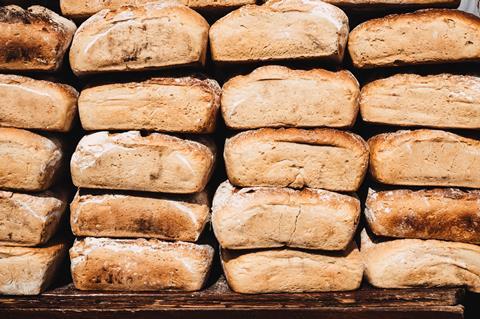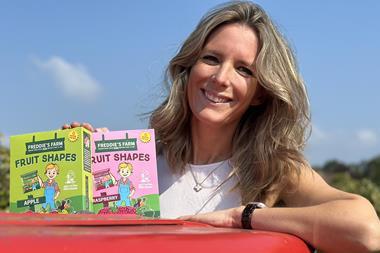
Something has shifted.
Last week the Mail Online asked ‘what even are UPFs?’ You didn’t have to look far to find a handy diagram showing the path a potato might take from freshly dug to a packet of crisps. There were similar illustrated journeys for a bucket of milk, an ear of corn or anything else that might turn up, much changed, in an ultra-processed food near you.
This all feels close to Holly and Phil time – after which everything changes.
To be clear, the author is not down on UPFs per se. The industrial processes that give rise to the phrase allow billions of stomachs to be filled with an efficiency undreamed of in previous centuries. The potential implicit in their widespread use is phenomenal. There’s nothing to say food can’t be healthy at the same time as massively scalable. But to paraphrase Henry Dimbleby, in current deployment the UPF is at once a miracle and a disaster.
As most readers will be aware, recent Imperial College research firmed up the link between consumption of UPFs and increased cancer risk, while further highlighting a similar relationship with Type 2 diabetes. We already know that ‘diabesity’, as the US health profession now calls it, is crippling healthcare systems and blighting the lives of millions. The shocking socioeconomic cost – £74bn for England alone – has been officially documented, again by Dimbleby.
Clearly, we are not in a good place. Equally clearly, what’s needed is some clear thinking – then a revolution.
The obvious starting point is how we measure what’s good for us. Evidentially, current government metrics and guidelines don’t work. They neither measure anything useful nor guide us anywhere that helps.
HFSS traffic lights are as dangerous as a blunt kitchen knife, and counting all calories as equal has long been red-carded by everyone except, it seems, government officials.
While the large retailers do not shrink away from acknowledging these facts, the manufacturers are less inclined to be vocal on the matter. I have no such squeamishness. Focusing on three macronutrients plus sugar completely ignores real-time human biology – in particular biology’s ‘Small Hadron Collider’, our gut microbiome.
Happily, all is not lost. There’s nothing to stop brands going it alone, stepping away from the functionally fatuous guidelines and tapping into the fact that consumers are not stupid. The food industry has a golden opportunity to take hold of the UPF narrative and lead it in a direction that’s at once profitable, popular and healthy.
There can be no solution without the collective expertise, ingenuity and heft of the food industry, and the UK is a real centre of gravity. We have brilliant innovation agencies whose funding awards are readily available. The creative industries in this country, critical to success, are still uniquely strong. Being an island nation somehow clarifies our grip on the IP.
Back to last week’s coverage, two things stood out: one quite subtle, the other less so.
The subtler was the universal acceptance of the term ultra-processed food. Just a few months ago it would draw blank expressions from most non-industry people, and feigned confusion from food industry veterans. The latter was exemplified in the now cult The Food Chain podcast that descended into farce, as an FDF representative repeatedly attempted to disown the UPF phrase. But however much the industry resists the classification, both research and applied science communities are now using it to describe a category – and the public is now listening.
The less subtle lesson, universal across consumer media reports, was the calling out of UPF categories. Alongside the usual reference points such as ice cream and breakfast cereals, the Daily Mail fingered mass-produced bread as fitting the description. Never before in mainstream media have UPF and wrapped bread shared a sentence. That’s an interesting development, but one we can easily navigate.
Bread is the original processed food. For millennia, nobody objected to seeing it as ‘the staff of life’, as critical to population health as clean water. Modern manufacturing may have added the ‘ultra’ element, but that need not mean less healthy. We have the answer for that. After 6 years of blood, sweat and tears, we have radically reformulated the ubiquitous sliced loaf in a way that offsets the metabolic problem of UPFs, while remaining perfectly compatible with mainstream taste expectations.
Two final notes. Innovate UK’s latest funding competition is called Better Food For All: Innovation for Improved Nutrition.
And finally, last year, Silicon Valley minted the phrase ‘Food As Medicine’ for a new investment asset class a sub-set of ’Food Tech’. This was picked up by the White House at its seminal conference on the US nutrition crisis last September, from which emerged the following quote: “Whoever leads the Food As Medicine revolution has the possibility of becoming the biggest company in the world.“
Something to chew on there.



















No comments yet